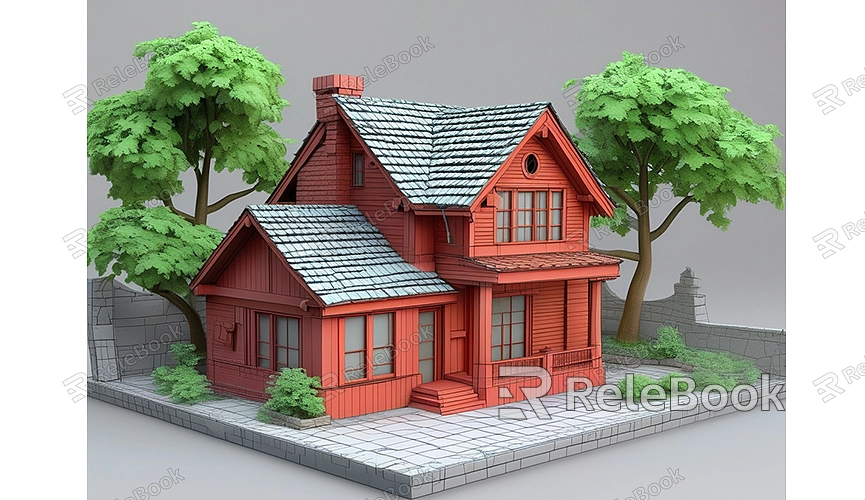How to render iclone in blender
iClone is a powerful 3D animation software that many users use to create stunning characters and scenes. However, while iClone excels in animation, Blender offers superior capabilities for high-quality rendering. As a result, many creators choose to import their iClone models into Blender for rendering. This guide will walk you through the process of importing iClone models into Blender and achieving high-quality renders.
Exporting iClone Models
First, you need to export your model from iClone in a format compatible with Blender. FBX is the most commonly used format for this purpose, as it retains model materials, animations, and skeletal information. In iClone, select the model you want to export, click the "Export" button, and choose the FBX format. In the export settings, make sure you select the correct skeleton type and material settings so that the model displays correctly in Blender.

Importing and Adjusting the Model in Blender
Once you have exported the iClone model as an FBX file, you can open Blender and import the file. Ensure that the model's size and scale are correctly displayed upon import. Since iClone and Blender may use different unit settings, you might need to adjust the model's scale in Blender to match your needs.
After importing, you may need to perform some basic adjustments. For example, check if materials are correctly applied, lighting is adequate, and skeletal animations are working as expected. These adjustments will help achieve better results in the final render.
Setting Up the Render Engine and Lighting
Blender provides two main render engines: Eevee and Cycles. Eevee is suitable for fast rendering and real-time previews, while Cycles, a ray-tracing engine, is better for achieving high-quality and realistic renders. For high-resolution rendering, Cycles is recommended.
After choosing the render engine, the next step is to set up the lighting. Lighting is crucial for rendering quality, especially when showcasing the details of iClone models. You can use various types of lighting, such as ambient light, point lights, and spotlights, and adjust them according to the scene’s needs. For added realism, using HDRI images for environmental lighting is recommended.
Adjusting Materials and Textures
Models imported from iClone may already come with materials and textures, but you can further optimize these in Blender to enhance the final render. Start by checking each material node to ensure texture mapping is correct and adjust properties like reflection, transparency, and roughness as needed.
Blender’s node editor offers extensive capabilities for creating complex material effects. If you want to add more details, such as bump maps or normal maps, you can easily achieve this through the node system.
Render Settings and Output
Once the model, lighting, and materials are set up, you can start configuring the render settings. Begin by selecting the resolution and output format in the render settings. For high-quality final images, it is advisable to choose a high resolution (such as 4K) and a lossless format (like PNG or EXR).
Sampling rates and denoising options are also crucial in render settings. Increasing the sampling rate improves image quality but extends render time. Denoising can help reduce noise in the render, especially at lower sampling settings.
Rendering and Post-Processing
Click the “Render” button, and Blender will start generating the final image. After rendering is complete, you can use Blender’s compositor for post-processing, such as adjusting brightness, contrast, color balance, and adding effects like lens flares and depth of field to make the image more vivid.
After rendering, make sure to check every detail of the image to ensure nothing has been missed. If necessary, return to the settings, adjust parameters, and re-render until you achieve the desired result.
To make your models and scenes look more realistic and vibrant, using high-quality 3D textures and HDRI resources is crucial. If you need high-quality 3D textures and HDRIs for your models and virtual scenes, you can download them for free from [Relebook](https://textures.relebook.com/). For exquisite 3D models, visit [Relebook](https://3dmodels.relebook.com/) for a wide range of premium resources. These assets will not only enhance your render quality but also save you time and effort in the creation process.
Importing iClone models into Blender for rendering allows you to leverage the strengths of both software packages to produce higher-quality 3D work. By properly adjusting lighting, materials, and render settings, you can easily achieve satisfying render results. We hope this guide’s steps and tips help you complete the process smoothly and make your creations even more impressive.

